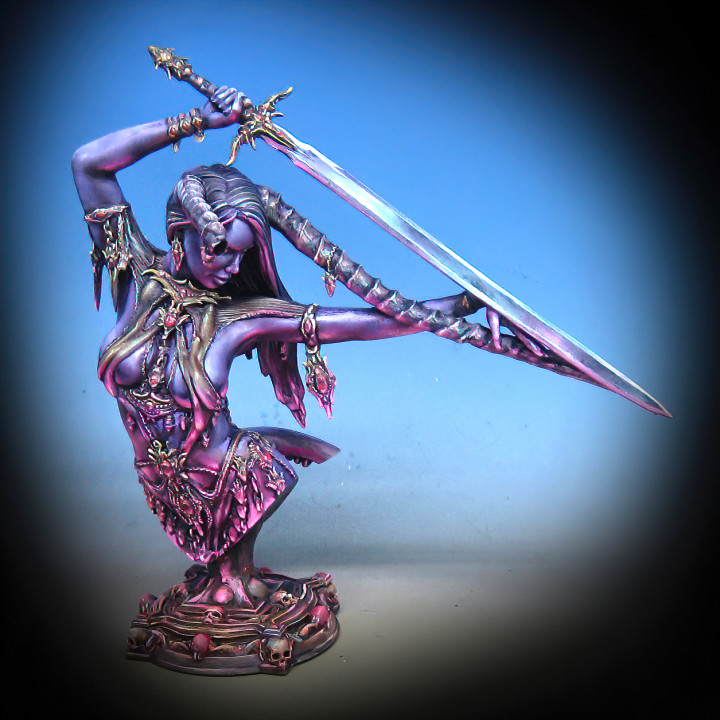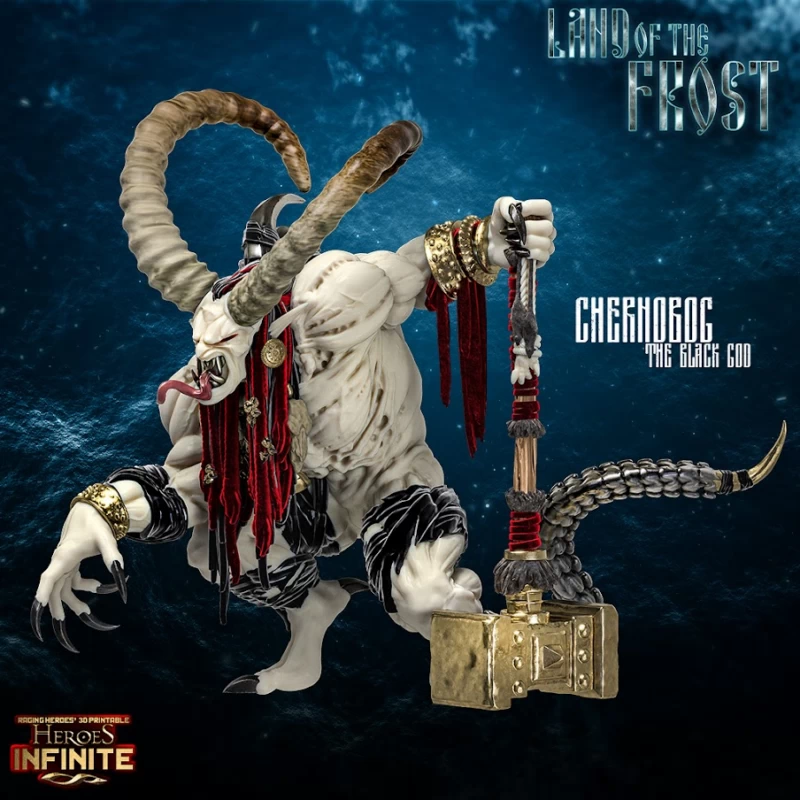
Lamashtu is a legendary figure and a demon – 3D print model STL
3D Print File Format: STL
Lamashtu is a legendary figure and a demon or malevolent deity found in various ancient Mesopotamian mythologies, particularly in the mythology of the Sumerians, Assyrians, and Babylonians. Lamashtu is often portrayed as a fearsome and demonic entity associated with malevolent actions and harmful influences. Here is an overview of Lamashtu:
1. Nature of Lamashtu:
Lamashtu is typically depicted as a grotesque and terrifying figure, often possessing the head of a lioness, the body of a donkey, and the wings of a bird. Her appearance is intended to evoke fear and repulsion.
2. Demonic Entity:
Lamashtu is considered a demoness or malevolent deity in ancient Mesopotamian mythologies. She is believed to be a threat to both humans and animals, especially pregnant women and infants.
3. Harmful Influence:
Lamashtu was associated with a wide range of harmful activities, including causing diseases, nightmares, and madness. She was particularly feared for her predilection for attacking pregnant women and newborns, leading to infant mortality.
4. Protective Measures:
Due to the perceived threat posed by Lamashtu, ancient Mesopotamian cultures developed various rituals, amulets, and incantations to ward off her malevolent influence and protect pregnant women and infants.
5. Role in Mythology:
Lamashtu does not play a central role in creation myths or major narratives. Instead, she is more of a malevolent figure that represents the darker aspects of the ancient Mesopotamian belief system.
6. Interaction with Other Deities:
In some mythological texts, Lamashtu is depicted as the daughter of Anu, the chief god of the Sumerian pantheon. However, she is often portrayed as a figure in opposition to the benevolent gods and goddesses of the pantheon.
7. Archaeological Evidence:
Depictions of Lamashtu and references to her have been found on various artifacts, including amulets, pottery, and cylinder seals, providing insights into the beliefs and fears of ancient Mesopotamian societies.
8. Cross-Cultural Influence:
The figure of Lamashtu has also influenced later folklore and demonology in various cultures, including medieval Europe, where she may have contributed to the concept of malevolent witches and supernatural entities.
Lamashtu’s character represents the darker and more menacing aspects of ancient Mesopotamian mythology. Her presence in their belief systems highlights the importance of protective rituals and amulets in the face of perceived supernatural threats, particularly those directed at vulnerable members of society like pregnant women and infants.


